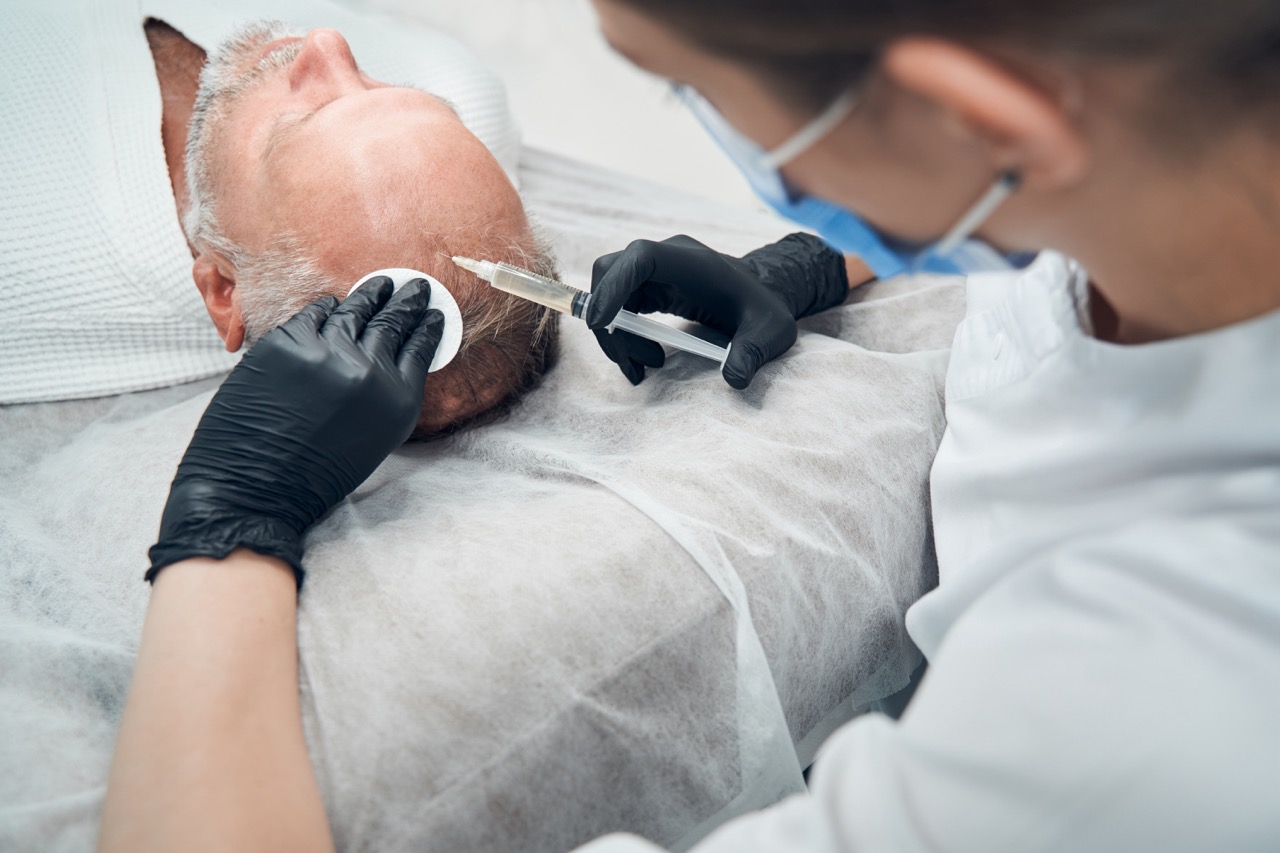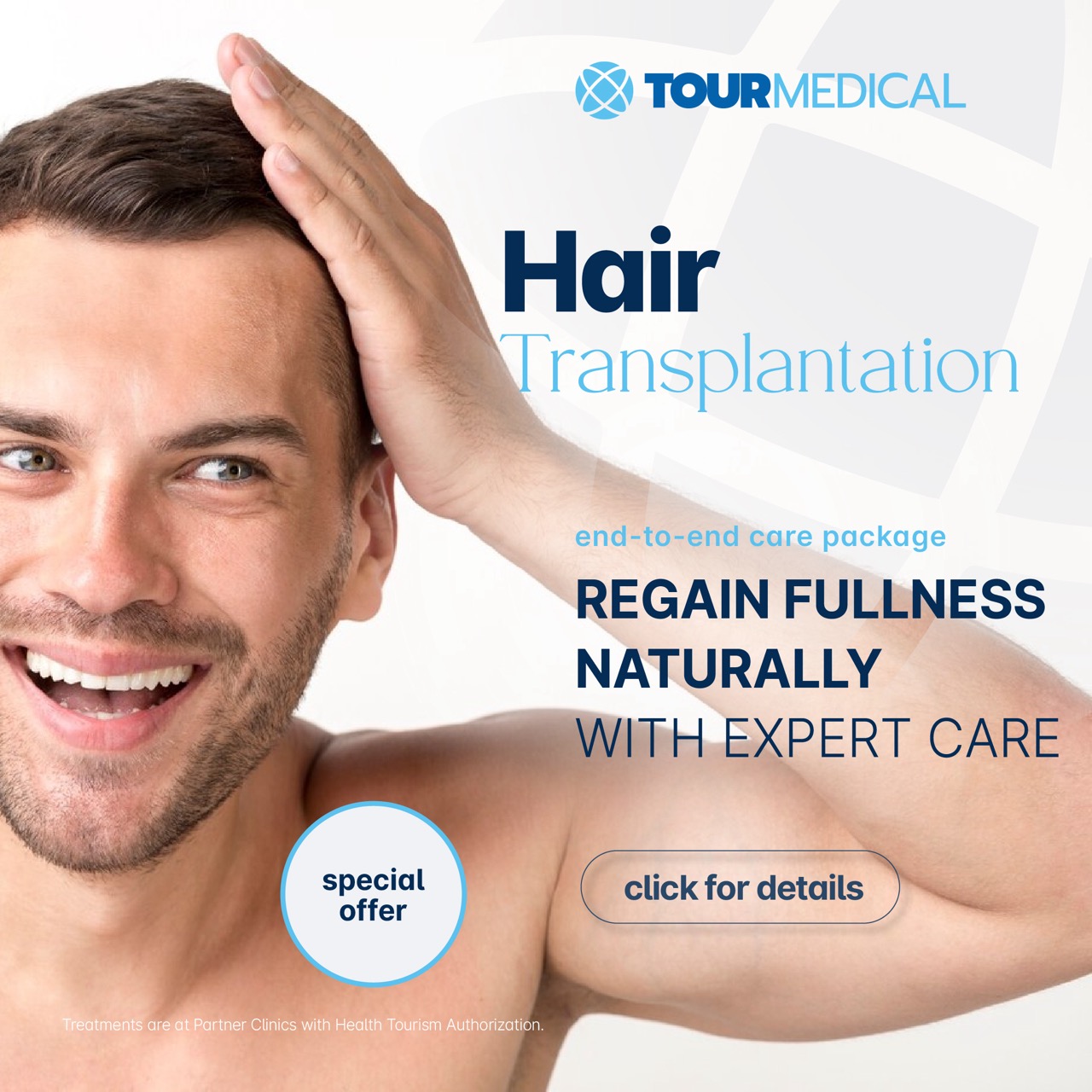How to Boost Hair Growth After a Transplant Naturally
After undergoing a hair transplant, you’ve already taken a major step toward improving your hair’s appearance and thickness. However, the journey doesn’t end with the procedure itself—post-transplant care plays a critical role in ensuring the best possible results. While patience is key (as it often takes several months for full growth to appear), there are natural ways to support and enhance the process. By focusing on scalp health, nutrition, gentle care, and lifestyle habits, you can give your newly transplanted hair the best chance to thrive.
1. Prioritize a Healthy, Balanced Diet
Your hair’s health starts from within, and eating nutrient-rich foods can help strengthen hair follicles, promote healthy scalp conditions, and encourage regrowth. Key nutrients to include are:
Protein:
- Hair is primarily made of keratin, a protein. Consuming lean meats, fish, eggs, beans, and nuts provides the building blocks your body needs to produce strong, healthy hair.
Iron:
- Low iron levels can contribute to hair thinning. Iron-rich foods like leafy greens, lean red meats, and fortified cereals help deliver oxygen to hair follicles.
Zinc and Selenium:
- These trace minerals support cell repair and the production of the oils that keep your scalp healthy. Sources include seafood, nuts, seeds, and whole grains.
Biotin (Vitamin B7):
- Often touted as a hair-boosting nutrient, biotin can help improve hair’s strength and resilience. Biotin-rich foods include eggs, almonds, sweet potatoes, and spinach.
Omega-3 Fatty Acids:
- Found in fatty fish (like salmon and mackerel), flaxseeds, and walnuts, omega-3s help maintain scalp health and keep hair hydrated.
2. Keep Your Scalp Clean and Moisturized
A healthy scalp is essential for optimal hair growth. Newly transplanted hair needs a supportive environment, so focus on gentle cleansing and proper hydration:
Mild, Gentle Cleansing:
- Use a gentle, sulfate-free shampoo that won’t strip the scalp’s natural oils or irritate sensitive areas. Wash as directed by your surgeon—often starting a few days after the procedure—and avoid harsh rubbing.
Scalp Moisturization:
- Consider using lightweight, non-comedogenic oils or creams (like aloe vera or argan oil) to keep the scalp hydrated and supple. Proper moisture supports healing and can reduce itching or flaking.
3. Embrace Scalp Massage
Scalp massage is a natural, non-invasive way to stimulate blood flow and encourage hair growth. Gently massaging the scalp for a few minutes each day can help increase circulation to hair follicles, ensuring they receive the oxygen and nutrients they need to grow. You can use your fingertips or a soft scalp brush—just be careful to avoid scratching or applying too much pressure to newly transplanted areas.
4. Stay Hydrated
Drinking enough water is often overlooked, but it’s crucial for overall health and hair vitality. Proper hydration ensures that your scalp stays moist, that hair follicles can function optimally, and that nutrients are transported efficiently. Aim for at least 8–10 cups of water a day, adjusting based on your activity level and climate.
5. Avoid Harsh Chemicals and Heat Styling
Newly transplanted hair and the surrounding scalp tissue are delicate. Protect them by steering clear of:
Chemical Treatments:
- Postpone any hair coloring, bleaching, or chemical straightening treatments until your surgeon gives the green light—usually several months after the transplant.
Excessive Heat:
- Minimize the use of blow dryers, curling irons, and straighteners. If you must use heat tools, apply a heat protectant spray and use the lowest heat setting possible.
6. Manage Stress
Stress can lead to hair shedding and potentially slow down growth after a transplant. Engage in stress-relieving activities such as yoga, meditation, or even daily walks to help your body and mind stay relaxed. A calm state supports overall wellness and, in turn, healthier hair growth.
7. Protect Your Scalp from UV Rays
Excessive sun exposure can damage the scalp and hinder healing. When going outdoors, wear a hat or use a sunscreen specifically formulated for the scalp. Protecting your head from UV rays prevents dryness, irritation, and potential damage to the new grafts.
8. Consider Natural Oils and Herbal Remedies
Certain natural oils and botanical ingredients have been used for centuries to promote hair health. While not all claims are backed by rigorous science, some individuals find benefits in using:
Rosemary Oil:
- Known for its ability to stimulate circulation and potentially encourage hair growth. Dilute it with a carrier oil before applying to the scalp.
Coconut Oil:
- Often used to hydrate the scalp and reduce protein loss in hair strands.
Aloe Vera Gel:
- Soothing and hydrating, aloe vera can keep the scalp calm and free from irritation.
Green Tea or Peppermint Extract:
- Some studies suggest that these ingredients may support follicle health when used topically.
9. Stay Consistent and Patient
Natural methods for boosting hair growth are not overnight solutions. It’s important to maintain consistency—continue your healthy diet, scalp care routine, and gentle hair practices every day. Remember that hair growth is a gradual process, and it may take several months to see noticeable improvements.
10. Follow Your Surgeon’s Advice
Your hair transplant surgeon will provide specific instructions for aftercare. This guidance is based on your unique situation, so be sure to follow their recommendations closely. If you have any concerns or questions about your progress, don’t hesitate to reach out to them.
In Summary
Boosting hair growth after a transplant naturally involves nurturing your scalp, eating a nutrient-rich diet, staying hydrated, managing stress, and protecting the delicate transplanted area. By maintaining these healthy habits, you’ll support the growth and vitality of your new hair, ensuring that the results of your transplant are as impressive and long-lasting as possible.
 English
English














